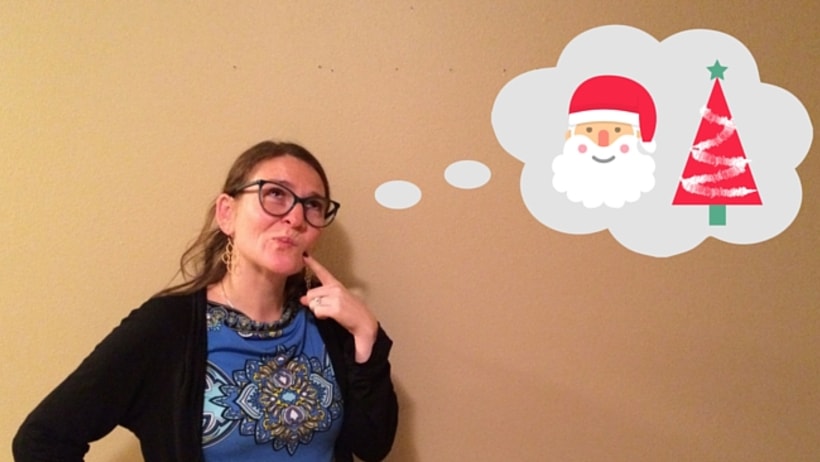As a rabbi, I’m always studying religious customs and traditions – it comes with the job. And this time of year, it’s hard not to notice Christmas. It probably comes as no surprise that Santa Claus, Christmas trees, and bargains like “Happy Honda Days” weren’t part of the Christmas celebrations of two thousand years ago. What is fascinating is that the Christmas holiday of the 1800s to the present bears no resemblance to what church officials established around the fourth century C.E.

For the first few hundred years after the death of Jesus, only Easter was celebrated; there was no such thing as Christmas. Once it was determined that Jesus’s birth would also be commemorated, church leaders decided to create a winter holiday that would draw on popular customs of various solstice celebrations. Historians believe the drunken revelry was actually similar to the Mardi Gras of today. Then in the 17th century, Puritan orthodoxy had no tolerance for this type of behavior, and Christmas was even outlawed for two decades in Boston.
It wasn’t until the mid 1800s when Christmas was recreated as a family-centered holiday of warmth and peace, a facelift credited in part to the works of two writers, Washington Irving and Charles Dickens. Although the “reason for the season” (as the catchy saying goes) has not changed, the celebration itself is completely unrecognizable from its origin.
This stark contrast is by no means unusual to holidays or even to us as individuals. Even as human beings, we go through changes during our lives that can leave us unrecognizable to those who may have known us long ago. We change in physical appearance and also in our behavior and temperament.
This week we read parshat Vayechi, the final Torah portion in the book of Genesis. The text begins with Jacob’s request that he not be buried in Egypt, and continues with Jacob blessing each of his sons in his final hours. This text ends with Joseph making a similar request that he be buried back in Israel when they finally leave Egypt. What is notable about this culmination of several narratives is how Jacob and Joseph have changed over time and how they have remained the same. Chapter 48, verse 8 finds us with Jacob giving a final blessing to Joseph’s sons. He asks the same question his father asked of him when he came for a blessing: “Who are these?”
In this déjà vu moment of uncertainty, Ephraim and Menashe are unrecognizable to their grandfather. Perhaps this is because Jacob’s vision, like Isaac’s, had begun to fail, and he didn’t want to make the same mistake his father made. Or perhaps he failed to recognize Ephraim and Menashe because they had been born and raised in Egypt and thus had become indistinguishable from Egyptian youth. In either case, the boys appeared to have changed, and this was unnerving to their grandfather.
The boys respond with the Shema, “Hear, oh Israel,” which of course has a double meaning since they are speaking to Jacob, Israel. This is their own way of saying that even though they may look like Egyptians, they affirm the same God as their father and grandfather. What was inside them remained the same even if they looked physically different.
Some life changes leave us looking different, but staying ourselves on the inside. Other changes rock us so hard that we are never the same. In the case of Christmas, it might be a little of both. The celebration might be vastly different from its beginnings, but like we hear from Ephraim and Menashe, it’s up to those who celebrate to call out and remind those whose vision isn’t what it used to be that there’s a purpose bigger than any of us. It’s just not always easy to recognize.
-Rabbi Eve Posen
Source: What Christmas Looks Like – Parshat Vayechi 5776 – Rabbi Eve Posen



